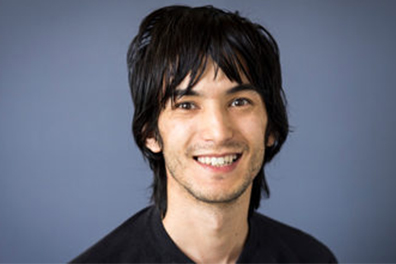Phillip Wibisono’s Three Minute Thesis
The neuropeptide receptor NMUR-1 mediates distinct innate immune responses to different pathogens in Caenorhabditis elegans
The immune response to infection must be tightly regulated as an insufficient immune response can exacerbate infection, while an excessive immune response can be detrimental to an organism’s survival. In my research, I use the nematode, Caenorhabditis elegans, to examine the role of the nervous system in regulating the immune system. Particularly, I look at the G-protein coupled Receptor, NMUR-1, and how it suppresses the immune response against the bacteria Salmonella enterica but enhances the immune system against the bacteria Enterococcus faecalis.
Measuring the survival of mutant C. elegans lacking the NMUR-1 protein during infection and comparing their survival to that of the non-mutated animals. I was able to see a distinct difference between the mutated and non-mutated animals, and a clear difference between the mutated animals depending on the infecting bacteria. Investigating deeper revealed two discrete underlying cellular processes occurring in the NMUR-1 mutant animals dependent on the attacking bacteria. Which when tampered with presented similar survival outcomes in non-mutated animals as the NMUR-1 mutant animals.
This along with a growing body of evidence is beginning to unravel how the different systems in our bodies communicate. Allowing us to better understand how our bodies work as whole rather than individual parts, leading to better treatments and better patient care.
Phillip Wibisono’s research focuses on the regulation of the innate immune system, a biological process that was thought to be independent from neural activity. His research focuses on the neuronal G-protein Coupled Receptor, NMUR-1, and it’s role in modulating the innate immune systems during pathogen infection in the model organism C. elegans.
Phillip joined the Sun lab at Washington State University-Spokane in 2015 as a research technician, and later enrolled at Washington State University in 2017 to pursue his Ph.D. He leads a science outreach program aimed at cultivating interest in STEM fields in underrepresented youths. He hopes to become a researcher and teacher, helping others join the scientific community.

